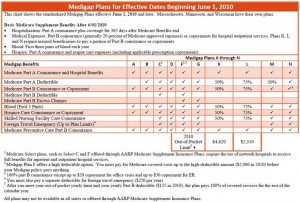 Going on Medicare for the first time can be a overwhelming, even intimidating thing. There is a lot of information and certainly, a lot of demand for your attention regarding the decisions that you have to make about your health insurance coverage. For most people, these decisions occur in the 3-6 months preceding their 65th birthday. For others, those decisions occur prior to age 65, due to disability, or after age 65, due to working past age 65. Regardless of when they occur, it is certainly an important time with many crucial decisions.
Going on Medicare for the first time can be a overwhelming, even intimidating thing. There is a lot of information and certainly, a lot of demand for your attention regarding the decisions that you have to make about your health insurance coverage. For most people, these decisions occur in the 3-6 months preceding their 65th birthday. For others, those decisions occur prior to age 65, due to disability, or after age 65, due to working past age 65. Regardless of when they occur, it is certainly an important time with many crucial decisions.
This article introduces a three-part series regarding going on Medicare. The utmost goal is to explain Medicare in terms that anyone can understand – provide the information you can get elsewhere but in an easier to process, straightforward way.
The first post in this series will appear tomorrow, May 16, and subsequent posts will appear on the following two days. We hope you will mark the site and check back to see more information about turning 65 or going on Medicare.

